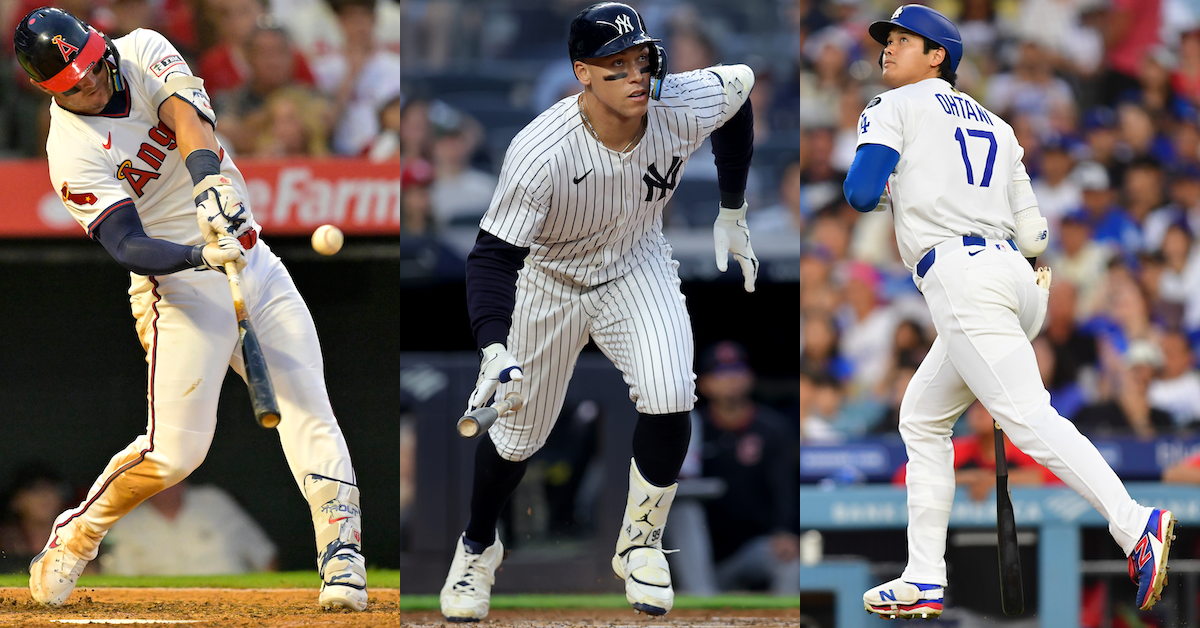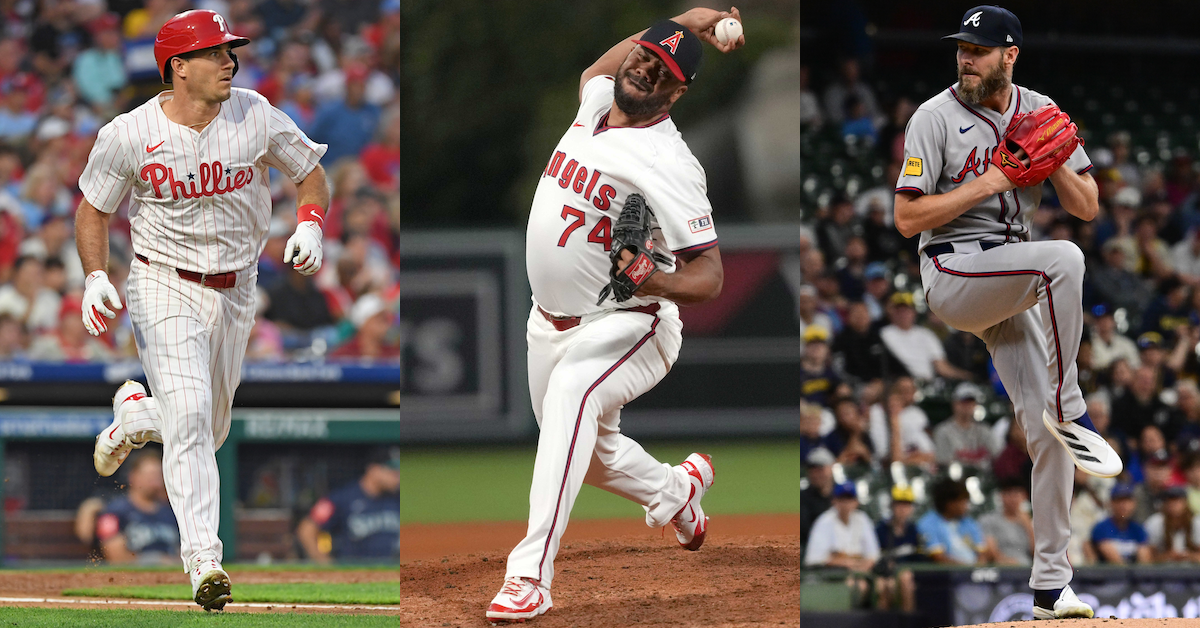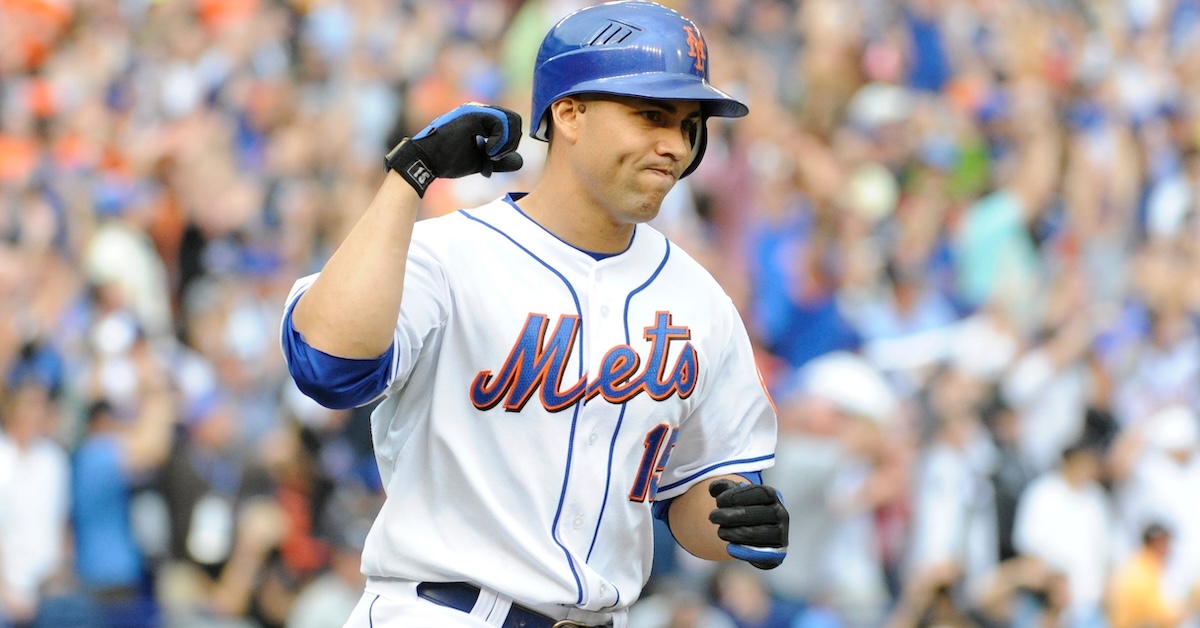Cooperstown Notebook: The 2025 Progress Report, Part III

For a good chunk of this season, a third MVP award for Aaron Judge looked inevitable. As late as May 21, he still had a batting average above .400 (.402/.491/.755, good for a 236 wRC+). As late as July 25, he had played every game and was on pace for 58 homers. And as late as August 6, he still had a slugging percentage above .700 (.339/.446/.702).
Unfortunately, a right flexor strain suffered while attempting to throw a runner out at the plate on July 22 sent Judge to the injured list a few day later. While he spent only the minimum 10 days on the IL, his bat cooled off, and now he’s neck-and-neck with Cal Raleigh in the AL MVP race. But even if he doesn’t win, the 33-year-old Judge has done something very impressive. In just his 10th major league season, he’s surpassed the JAWS standard for right fielders, which is to say that he’s got a higher score (58.5) than the average enshrinee at the position (56.0).
With that distinction, Judge joins Mike Trout and Mookie Betts among active players to reach the JAWS standard at their positions by the time they fulfilled the Hall of Fame’s 10-year eligibility requirement (playing in parts of 10 seasons, not accruing 10 years of service time). That’s the province of legends; among position players whose careers crossed into the 21st century, the only others to attain that distinction are Jeff Bagwell, Barry Bonds, Ken Griffey Jr., Rickey Henderson, Mike Piazza, Albert Pujols, Cal Ripken Jr., and Alex Rodriguez. That makes Judge an apt choice to lead off the third and final installment of this year’s annual Hall of Fame progress series (pitchers and catchers are here, infielders here). Note that unless otherwise indicated, all WAR figures within refer to the Baseball Reference version, and all statistics are through September 1. Read the rest of this entry »








